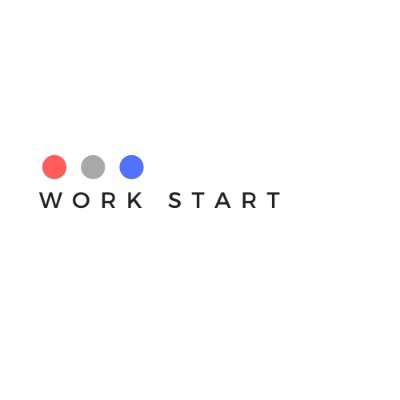The True Cost of Bad Hires: A Financial Analysis
February 12, 2025
The Hidden Costs That Drain Your Budget & Kill Your Organization
Ever wondered how much a single hiring mistake could cost your business?
The numbers might shock you. A staggering 74% of employers admit to making the wrong hire, and the financial aftermath can be devastating.
Picture this: You've just hired someone for a $60,000 position. According to research, if they turn out to be a bad fit, you're looking at potential losses between $18,000 and $120,000. For executive positions, these figures can skyrocket into millions.
But the financial impact goes deeper than just salary costs. Let's break it down:
Direct Financial Losses
- Recruitment expenses pile up through advertising, agency fees, and countless interview hours
- Training resources get wasted on employees who won't stay
- Productivity plummets as managers spend nearly one-fifth of their time managing underperformers
The Ripple Effect
When a bad hire joins your team, the damage spreads like wildfire. Team morale takes a hit, customer satisfaction drops, and your company's reputation might suffer lasting damage. Nearly half of CFOs report significant team morale crashes following a bad hire.
The Time Factor
The most concerning statistic? Almost half of new hires fail within their first 18 months. That's a year and a half of wasted resources, lost opportunities, and potential damage to your business.
Calculate Your Risk
Want to know exactly how much a bad hire could cost your company? Use our Bad Hire Calculator [Link to calculator] to get a personalized assessment. Simply input your:
- Position salary
- Industry
- Company size
- Location
The calculator will show you potential losses across all impact areas, helping you understand your specific risk profile.
Protecting Your Investment
The good news? You can significantly reduce your risk of bad hires with Work Start. Our comprehensive solution helps businesses make smarter hiring decisions through advanced assessment tools and proven methodologies.
Take Action Today
Don't let a bad hire derail your business success.
Calculate your potential risk using our calculator, then
reach out to learn how Work Start can protect your investment. Your bottom line—and your team—will thank you.
Ready to see how much you could save? Try our calculator now.


